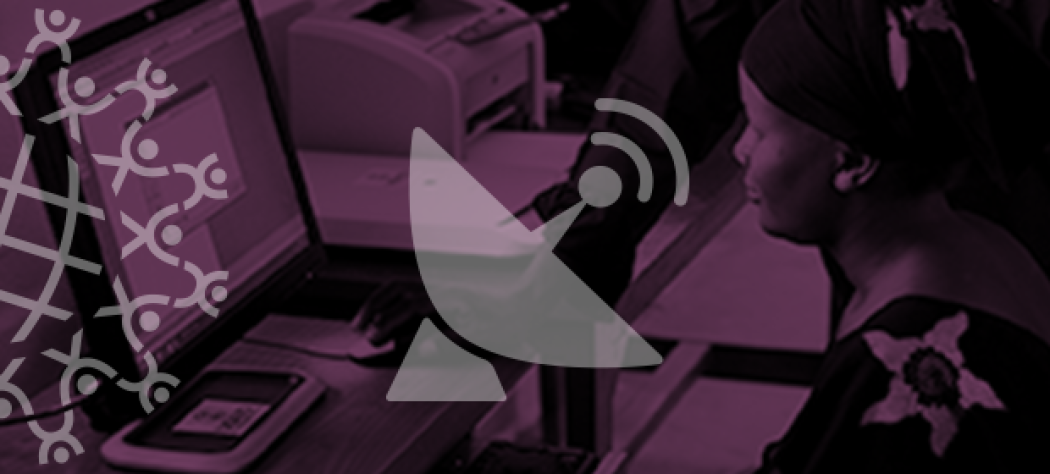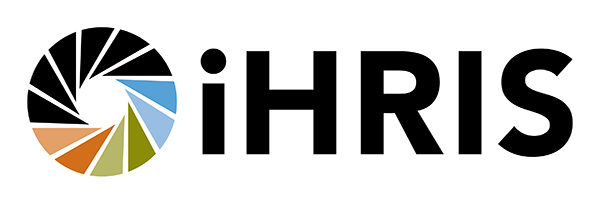Partner Locally or Fail Repeatedly

The technical nature of international development work means that to get ahead, there is a pressure to specialize. Many staff become experts within silos without always enjoying the benefits of trying something new through immersion in other spheres of development work.
That can particularly true within the emerging field of public-sector technology innovation. Familiarity with the methods of dot.coms is important, but are there blind spots for the insights of those who spent time carrying out actual development work?
One person whose career spans all levels of tech innovation for development is Dr. Richard Stanley, a senior technology advisor with IntraHealth International, the global health NGO and industry leader in digital health and interoperability.
There's been an incredible array of failures of technology to solve development challenges.
Stanley was a techie in Silicon Valley before moving to development work, first with health NGOs in West Africa and later as the UNICEF Innovation Lab’s on-the-ground technology troubleshooter in hotspots like Kandahar. Along the way he earned a PhD in politics from Oxford.
These days he is in Washington, DC, advising on how to digitally transform health systems around the world. He shares his personal opinions on technology and international development.
UNTIL: Given your background, what have been the biggest tech changes to the field of development over this period? What's been most important?
In my experience, there has been an incredible array of failures of technology to solve development challenges. The failures had a lot in common, such as building technical solutions that ignore the existing country context; designing solutions without understanding how they will affect vulnerable populations; and building closed-source, proprietary systems that duplicate costs and limit scale.
Perhaps more importantly, technical solutions are only enablers for properly designed development programs, not an end in and of themselves.
So, informed by the failures and through a global consultative process, the Principles of Digital Development were adopted. Now more than 100 organizations endorse the principles, including the Bill and Melinda Gates Foundation, the Swedish International Development Agency (SIDA), the UN Children’s Fund (UNICEF), UN Development Program (UNDP), the World Bank, the U.S. Agency for International Development (USAID), and the World Health Organization (WHO). There is strength in numbers.
The global consensus around the principles and what they represent, including open standards and open source code, is now reflected in donor policy, government strategy, and best practices.
In this way, technical solutions contribute to supporting programmatic interventions and the health workforce that in turn are helping people realize their rights to identity, life, and health.
A lot of tech companies proclaim they can solve big development challenges. What do they need to know about innovating at the grassroots level? What are the key ingredients?
The tech industry giants already help with addressing some development challenges, but they also create new ones.
Private data can be exploited and divulged, but better security practices can protect users.
Internet and web infrastructure, cheap smart devices, and nearly ubiquitous software tools have revolutionized access to information and the ability to create it. They've made the imaginary possible.
In my opinion, the issue is when tech giants avoid the new problems they’ve created and have some control over. For example, there is much stalkerware and malware in app stores that further marginalize vulnerable populations. Internet access is often expensive and slow but content distribution systems in less economically vibrant areas can help with that. Private data can be exploited and divulged, but better security practices can protect users.
Of course, there will be direct industry involvement in development challenges. The programs should come first, and technology should support them.
That could be with regard to communicating with the general public, or improving privacy and security, or diagnosing diseases quickly. Everything comes from the development program’s strategy, rather than from technology. The way to approach this is through partners who have the expertise in the field, having buy-in and consent of government, and through established governance mechanisms.
The technology is the easy part.
Another approach is helping through philanthropy, which is wonderful. We should follow the example of the Bill and Melinda Gates Foundation where it's not ex-Microsoft executives that run development programs, it's experts in public health or other relevant fields.
Innovation is the buzzword of the moment for international development. What are the main bottlenecks in taking an idea from HQ and making it successful at the country level?
Often innovation groups within development institutions are siloed to create startup-like entities that can iterate quickly and try new things; they ‘fail fast’ and on the cheap.
But for anything technical to scale out to the most people possible in the international development context, it requires field-based insights and buy-in. This means that often it is best to empower stakeholders from the field, not from HQ.
In contrast, large technology companies have a different model. They may take the approach of a skunkworks project or industry research and development laboratory, like Bell Labs and Xerox PARC. Those were quite well-funded entities and may work well for large organizations.
But for innovators in international development, partner locally or fail repeatedly.
Your area is public health in the developing world. What are some of the big innovations happening now? Where are the gaps?
Of the high-profile innovations in global health, drones and the blockchain are less applicable than machine learning.
A substantial gap is the privacy and protection of personal data and the norms and governance of machine learning systems, especially in middle- and low-income countries. The GDPR is a great step and EU leadership on privacy is inspiring similar regulations around the world.
Describe the efforts now at the global levels to create digital standards.
For several decades now, the health care industry and government have endeavored to create standards for defining terms and data structures for medical devices, health records, insurance systems, and other systems to work together. These efforts are critical to meet the Sustainable Development Goals and universal health coverage.
The glass is barely half-full—but it is half-full rather than half-empty.
Global standards are endorsed by the technology giants, like Apple, Amazon, and Google. Recently, Google scientists, in partnership with academic experts, used the FHIR standard for health data as a foundation of a machine learning model to predict mortality of hospital stays. Apple uses FHIR in the Health Records feature in the iPhone Health App to talk to electronic medical records systems.
Standards like FHIR are a great bridge for tech giants, the health care industry, governments, and international development entities to work together profitably.
A great place to learn about interoperability in international development is the OpenHIE Community of Practice. IntraHealth participates heavily in global bodies and the OpenHIE community to drive awareness, progress, and adoption of standards, especially for low-resource contexts.
How different do you think the world of development will be in 2030 because of tech innovations?
In my opinion, the glass is barely half-full, but it is half-full rather than half-empty.
We can educate ourselves and others and work together with those on the ground like the health workforce to create a better world where vulnerable populations and all people are able to enjoy healthier, longer, and fuller lives.
This piece originally appeared on the UN Technology Innovation Labs (UNTIL) website.
